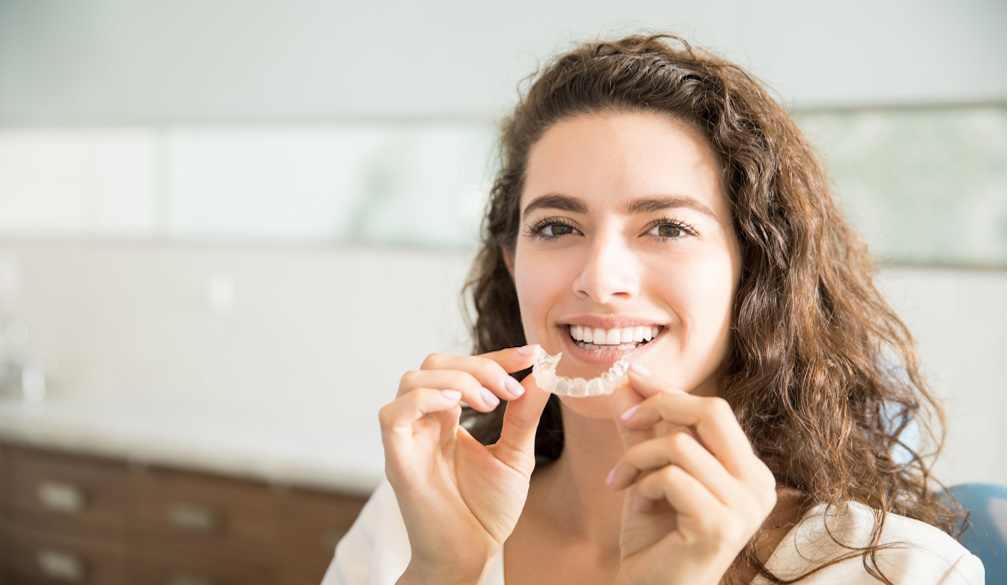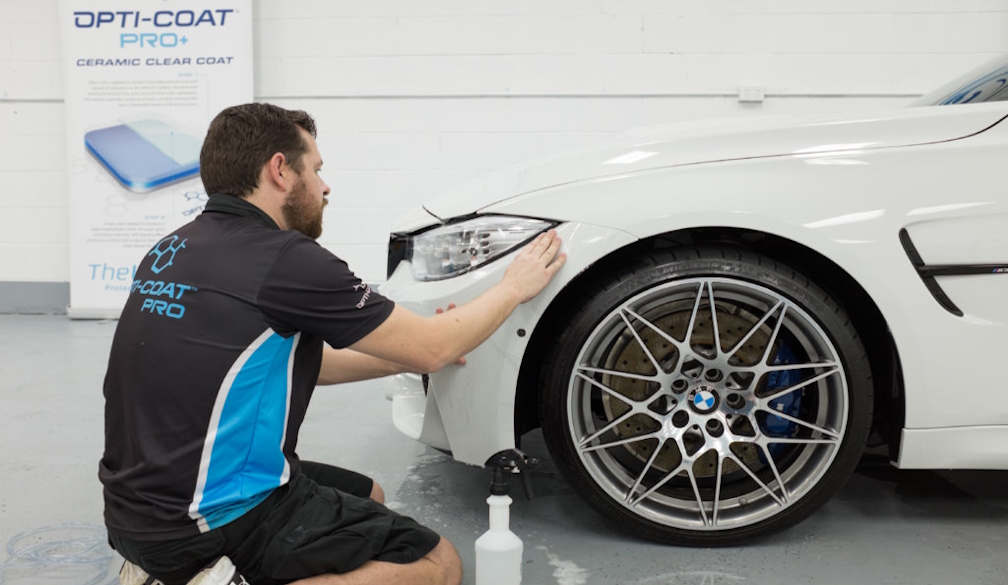Life With Clear Aligners: 10 Small Changes That Make a Big Difference

Image by tonodiaz on Freepik
Clear aligners have transformed orthodontics, offering a nearly invisible way to straighten teeth without the brackets and wires of traditional braces. It’s no surprise that demand is growing—Orthodontics Australia reports that more adults than ever are seeking discreet, effective treatment options. But while aligners offer convenience, success hinges on more than just wearing them. Daily habits—some as small as how you drink water—can make or break your results.
This guide outlines 10 simple, science-backed lifestyle tweaks to help you get the most out of your aligner experience. And if you're considering treatment, you’ll want to explore a complete treatment journey to understand what lies ahead from first scan to final smile.
To begin, let’s explore why these small adjustments matter so much.
Why Straight Teeth Matter
Straighter teeth don’t just improve appearance—they contribute to healthier gums, better chewing function, and easier oral hygiene. And research suggests that correcting misalignment may even reduce chronic tension and jaw pain. As this VIW article explains, straight smiles often support overall health in unexpected ways.
Let’s dive into 10 micro-habits that add up to major results.
1. Wear Your Trays 22 Hours a Day
The golden rule. Aligners should only come out for eating, drinking anything other than water, and brushing. Each missed hour delays results—sometimes by weeks. Consider setting alarms or using your phone’s screen time widget to track wear-time.
2. Upgrade Your Oral Hygiene Routine
Aligners trap bacteria against your teeth. That makes thorough brushing and flossing non-negotiable. Switch to an electric toothbrush with a built-in timer, and floss nightly with reusable flossers or a water flosser. For more technique tips, VIW’s dental-care basics article is a great place to start.
3. Switch to Aligner-Safe Drinks
Skip anything sugary or acidic while wearing your trays. Even black coffee can stain. Stick to plain water, and if you can’t resist sipping something else, remove the aligners and rinse your mouth and trays before putting them back in.
4. Track Your Wear-Time With an App
Don’t guess—log it. Apps like TrayMinder let you track daily wear hours, set reminders, and even upload progress photos. This habit boosts accountability. If you're unsure what the full journey looks like, check out this complete treatment journey from Linea. It shows how consistent wear makes all the difference, from initial scan to final tray.
5. Rinse After Every Meal
No need to brush immediately every time, but you should rinse your mouth—and your aligners—after meals or snacks. Trapped food particles quickly breed odor-causing bacteria. A travel bottle of water and a mini rinse cup go a long way.
6. Schedule Bi-Weekly Check-Ins (Even If They’re Virtual)
Whether you're seeing a dentist in person or using a hybrid model, don't skip your check-ins. These appointments catch small issues early and keep your trays on track. If you're navigating options, this orthodontic overview can help you decide on the right supervision plan.
7. Store Trays in a Vented Case
Never wrap your aligners in a napkin. Use the case provided—preferably a vented one to prevent moisture buildup. This reduces the risk of bacterial growth and keeps trays odor-free.
8. Handle Minor Issues Early
If a tray cracks or doesn’t fit properly, don't wait. Call your provider or follow their self-reporting instructions. Handling issues early prevents longer delays. VIW’s advice on avoiding emergency dental visits reinforces why proactive care is key.
9. Deep Clean Weekly
A toothbrush and water aren’t enough. Use a weekly soak in aligner-specific cleaning crystals or tablets. Avoid mouthwash or toothpaste—these can damage the trays. For more technical detail, this Orthodontics Australia guide offers best practices for aligner hygiene.
10. Celebrate Small Wins
Got through your first week with full wear-time? Finished your fifth tray? These milestones matter. Log your progress, take selfies, or treat yourself to something non-food-related to stay motivated.
Frequently Asked Questions
How long do clear aligners take to work?
On average, 6 to 12 months, depending on your case. Minor crowding may take less; complex shifts require longer.
Can I whiten my teeth during treatment?
Mild whitening with aligner-safe gels is often OK—but always consult your provider.
Are clear aligners painful?
You may feel pressure for the first few days of each tray. This is a sign the aligners are working.
How much do they cost in Australia?
Expect $6,500–$9,000 for in-clinic systems, though some providers offer financing.
Need more info? Check the Healthdirect guide to braces & aligners for a trusted government-backed breakdown of your options.
Final Thoughts
Success with clear aligners is 80% about daily behavior. These 10 small shifts—from better brushing to smarter storage—help you stay on track and protect your investment.





